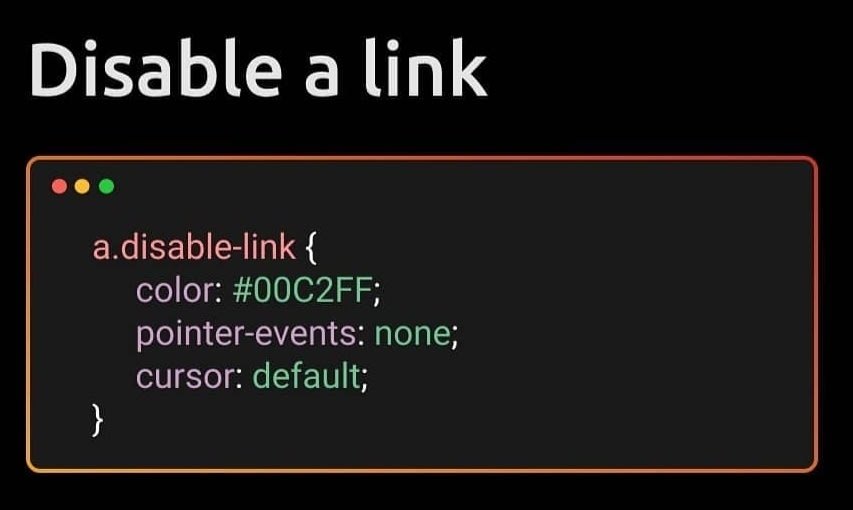

So now we have the correct ID for the unwanted EDD stylesheet, edd-styles. Applying this esoteric bit of knowledge, our list of style IDs now looks like this: WordPress appends -css ("dash css") to the actual ID values. Why? Because those values are NOT the actual style IDs. If you try to use these IDs to disable or dequeue the associated styles, it won't work. The key thing to notice here are the id attributes. Here we have three style tags, each loading a separate CSS file. Looking at the source code of one of our pages, we find the style tags output in the section: For example, let's say we want to disable EDD plugin styles. The easiest way to get the ID is to just examine the or tag in the markup of your web page. Let's take a moment and go through each technique.


This is a critical step for any script or style that you want to disable. So basically just use that list as a guide and try each technique until you get the desired ID. In practice, however, finding script/style IDs is more an art form, trial and error until it works kind of thing. In theory, you can just go through the list until you find the ID. Locate the source code responsible for adding the script.Use a script/style-inspector function like the one below.There are numerous ways of getting this information, from easiest to most time-consuming: The first thing we need is the specific ID for the script or style that we want to disable.
#How to disable link css how to#
This tutorial explains how to do it in TWO steps. So let's put an end to the nonsense and disable any unwanted CSS and JavaScript files. Especially when performance matters and you're trying to optimize loading of script and style.įortunately, WordPress makes it easy to disable any unwanted scripts or styles. They just spit them JavaScripts and CSS files all over the place, across every page on the site. Unfortunately, a LOT of plugins FAIL when it comes to conditional loading of assets. Instead, the developer should have used conditional logic to NOT load the script on the frontend (e.g., via !is_admin()), or anywhere in the Admin Area EXCEPT the dashboard (e.g., via get_current_screen()).
#How to disable link css install#
For example, you install a dashboard plugin and it loads its scripts in the entire Admin Area and the frontend. One of the most annoying things in the WordPress universe are plugins and themes that don't conditionally load their scripts and styles (i.e., JavaScript and CSS files).


 0 kommentar(er)
0 kommentar(er)
